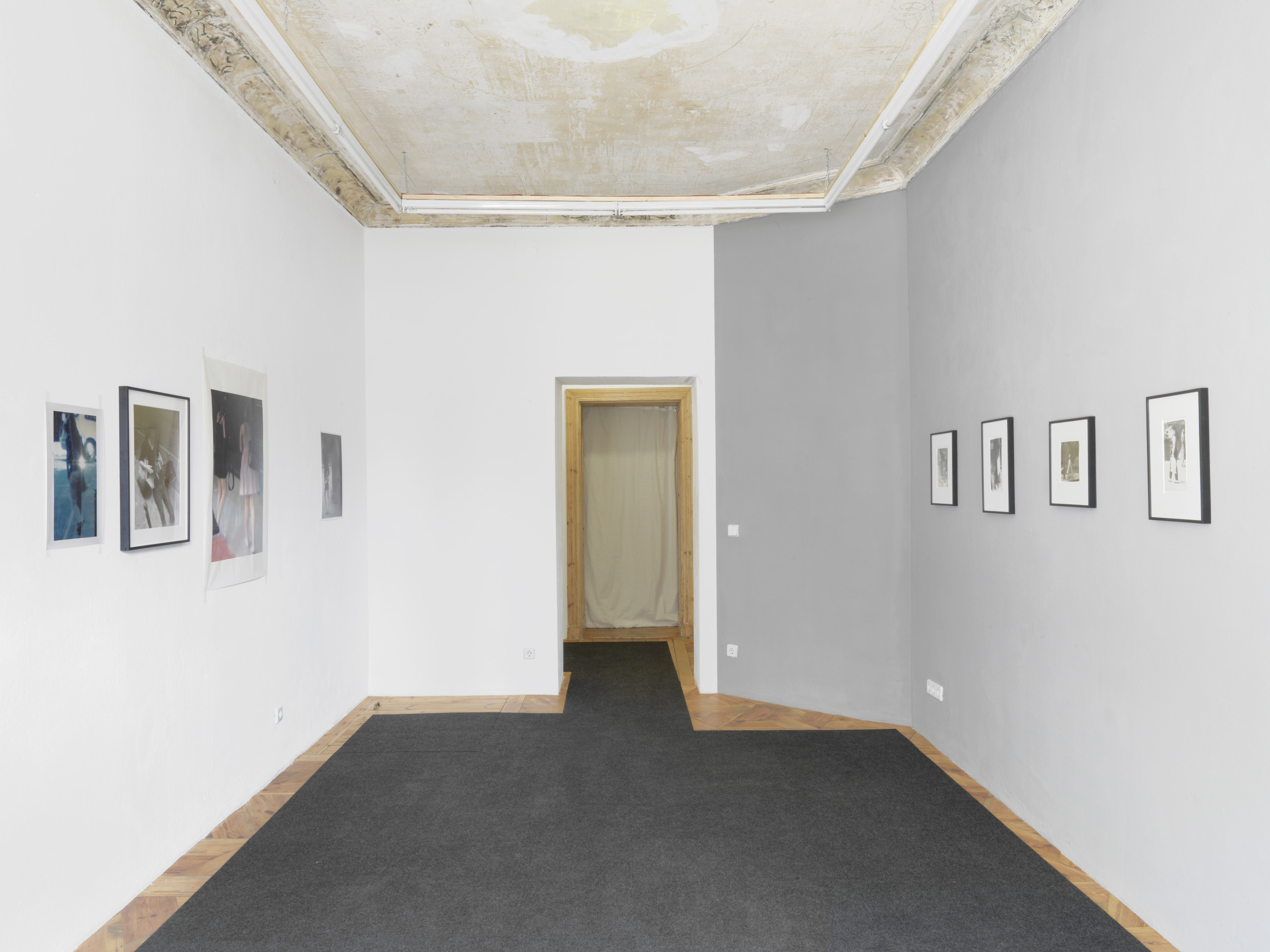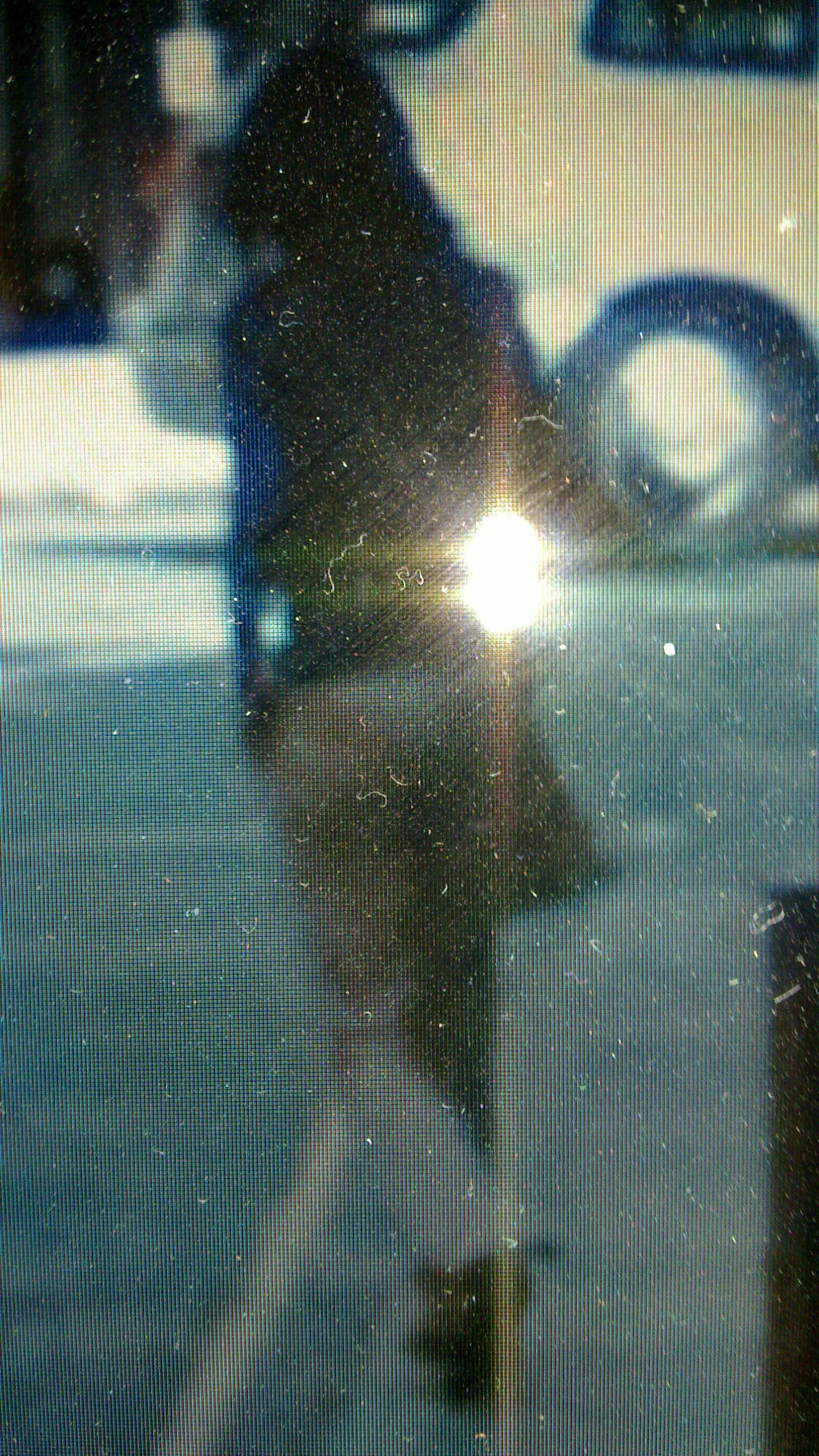Shahin Afrassiabi • SEAM a didactic model • 22.01.–05.03.2011
SEAM a didactic model
In both sets of works composition and framing are so precise – in the sense of mechanistic – as to annihilate the subject matter, in some cases what you may recognise is literally breaking up or fading away. My image of the doubled figure is really an image of a seam where a machine has stitched a surface together. As Tichy’s figures fade away, they draw attention to a bouncing light that emanates from a place just below that surface which is demarcated by stains, dust and pencil.
Tichy is the prophet of spectrality. He is not a witness or documenter rather, his pictures attest to his own status as beggar or exile watching others who no longer notice him. There are those rare moments of recognition of course but they only serve to accentuate the state which he re-iterates through his lens and upon his surfaces.
Inevitably a kind of comparison is encouraged by this coexistence in one room from which a fissure in time presents itself, the time of Tichy’s spaces and that of mine. An effect of new media and technologies is the neu-tralization of the gaze. It is possible to demonstrate that the light which the eyes filter is the light emanating from the stitched surface of a spectral reality, a shimmering curtain behind which nothing is concealed but an-other surface. These surfaces slide across one another but manage to maintain a fixed relationship to the always disappearing subject. Now, spectrality may be all, inviolable, multi-directional and neutral. From Tichy’s pic-tures to mine a shift occurs not only in time but also topologically. Tichy moved around Kyjov, Moravia. I don’t actually move but edit the images produced by a moving machine. My lens is like a passe-partout framing the light through the street-view camera. The surface of my picture has a 1:1 relationship with the surface of the screen which is in between the two lenses. The resulting photograph is a screen, Tichy’s also, but the surface Tichy presents photographically is of a different kind. His photographs are a medium through which he registers a perpetual fade-out, reinforced by the marks on the surface, a world always receding.
Since the invention of photography we have access to realities through the mediation of a visible screen. This indexicality may yet prove to be a sign of a mysterious shift in the way we imagine the subject which is not confined to conventions of representation or their other variant which is ’embodiment’. Tichy represents a con-dition, I (re)present a mutation. This is my historical and material determination.
Shahin Afrassiabi







